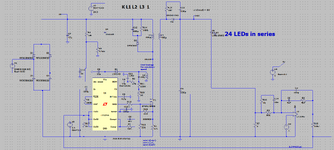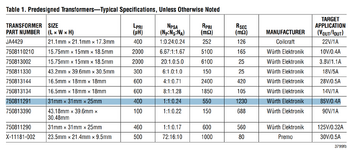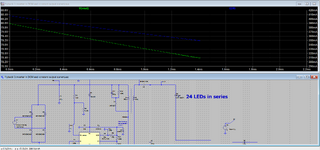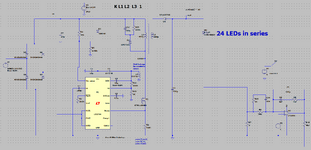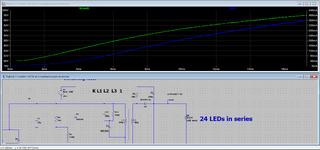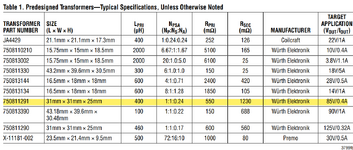Patrick_66
Member level 3
Greetings everyone, there are a few questions that I'm hoping that you guys can help me to solve. What does it actually mean from the title that I had written above? Is it varying the input voltage while the output current remain the same at all times ? What is actually the use of a feedback controller is it to maintain a constant current by varying the frequency of the switch or is the controller used to ensure that the whole system is always running in BCM mode? Sorry for my ignorance guys. I hope that someone can help me. Thank you.
